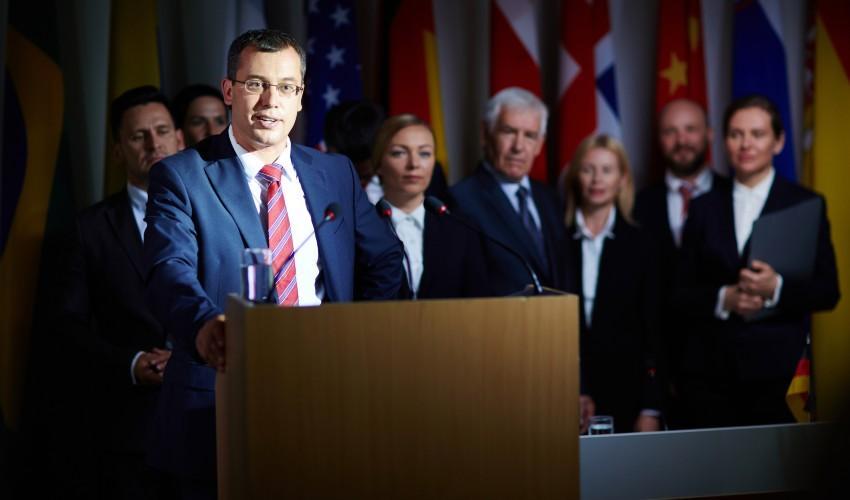
How Political Parties Bargain for Goods That Voters Can't Even See
LANNY MARTIN OBSERVES THAT VOTERS EVALUATE PARTIES USING READILY AVAILABLE INFORMATION ON VERY VISIBLE ASPECTS, SUCH AS THE NUMBER OF MINISTRIES IN A COALITION GOVERNMENT. IN ORDER TO MAKE A POSITIVE IMPRESSION ON THEIR SUPPORTERS, PARTIES WITH LOW BARGAINING POWER TRADE AWAY LESS VISIBLE GOODS FOR MINISTERIAL POSITIONS, THUS ESCAPING ACCOUNTABILITYIf your political party made it into a coalition government and obtained more than its share of ministries, maybe you should refrain from celebrating. According to a model developed by Lanny Martin (Bocconi University) and Georg Vanberg (Duke University), it may have traded away something less visible in order to look like a winner in the eyes of superficial voters like, well, most of us.
Political scientists have long been baffled by the persistence of the so-called Gamson’s Law, which states that coalition members tend to receive a share of cabinet ministries that is roughly proportional to the share of legislative seats they contribute to the government. Bargaining models suggest, on the contrary, that the payoff should be proportional to a party’s bargaining power which depends, among other things, on its chances to join an alternative coalition government.
Martin and Vanberg, in their American Political Science Review article, pose that party elites worry about how the bargain they agree to will be perceived by their supporters, but most supporters are ill-equipped to evaluate the performance of policymakers. Less knowledgeable voters, in their judgements, only use readily available information on very visible items, such as the number of ministries received, while parties bargain over a wide range of “goods,” including policy and offices, with differing degrees of visibility.
Party elites face incentives to exchange side payments of less observable goods to obtain a share of marquee goods that meets supporter expectations. Parties whose bargaining power exceeds their seat share agree to be undercompensated (relative to their bargaining power) in terms of the easily observable number of ministries, but they are remunerated by side payments in the form of complex goods.
To test their model, the authors examine original data on the allocation of 5,910 ministerial posts in 308 coalition bargaining situations in 16 European democracies. In their model, the complex good used as a side payment to parties that are undercompensated is an indicator called policy risk payoff, which not only counts but also weighs the ministries, accounting for their relevance for a party’s policy and for the ideological distance between the party and its coalition allies who grab the ministerial position. Conceding a relevant ministry to an ideologically distant party entails a high policy risk payoff.
The empirical analysis confirms that the allocation of ministries is roughly proportional to parties’ relative size and that parties that receive less than their share of ministerial positions are compensated with a more favorable policy risk payoff.
The case of the formation of the second Rutte cabinet in the Netherlands (2012-2017), on which the authors focus their attention, perfectly fits the proposed dynamics.
“Looks can be deceiving,” Professor Martin concludes. “What coalition governments appear to do, as reflected in the easily observable features of their bargains, will typically not be an accurate reflection of the actual influence of the coalition partners. And this has negative implications for the ability of citizens to hold their parties accountable.”
Lanny W. Martin, George Vanberg, “What You See Is Not Always What You Get: Bargaining before an Audience under Multiparty Government”, in American Political Science Review, Volume 114, Issue 4, pp. 1138-1154, DOI: 10.1017/S0003055420000337.
by Fabio Todesco
